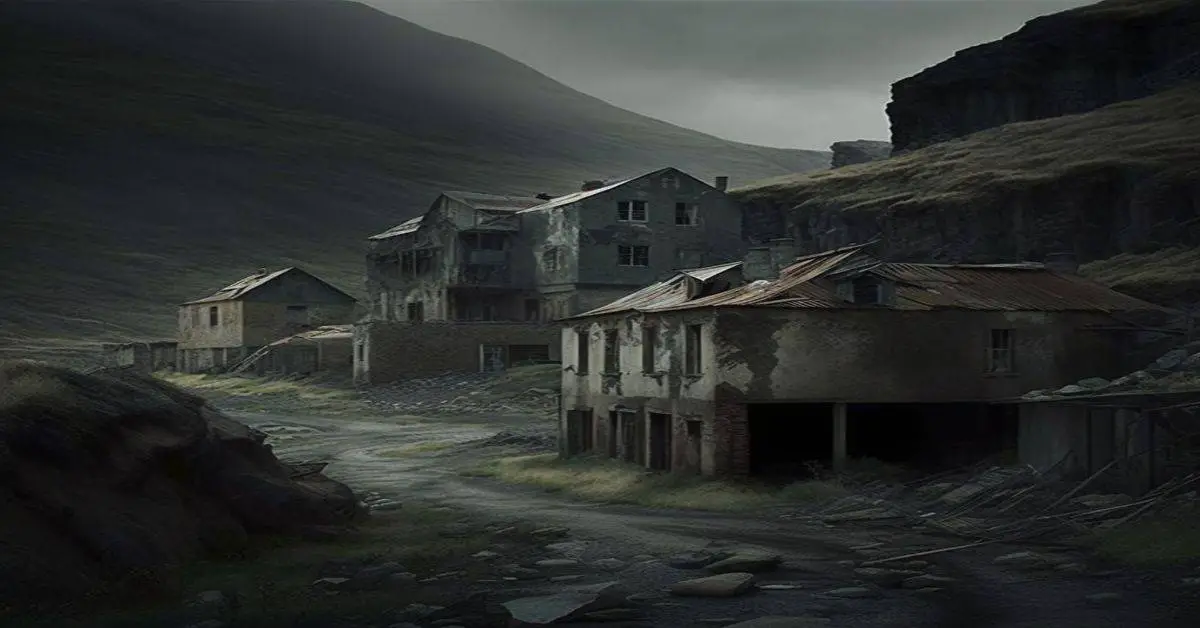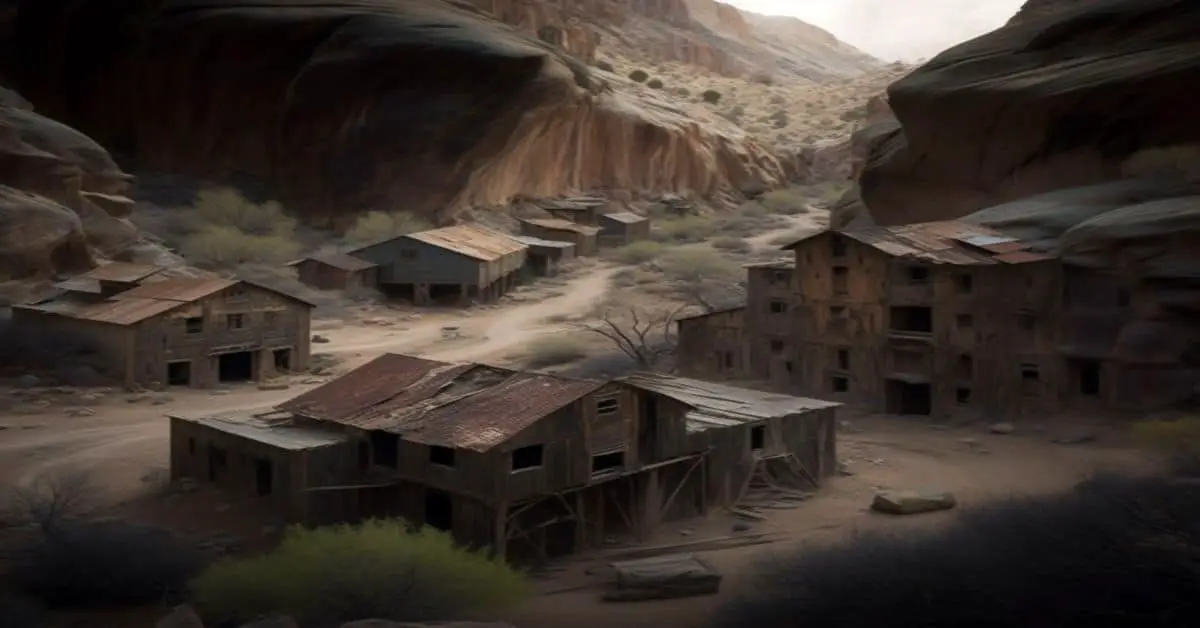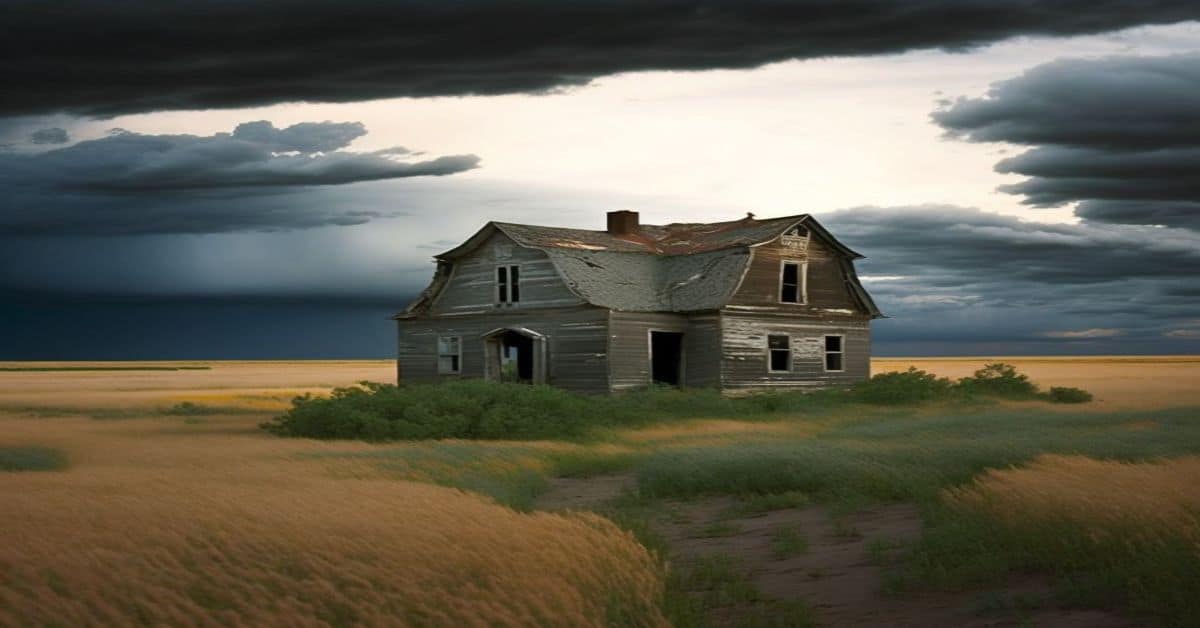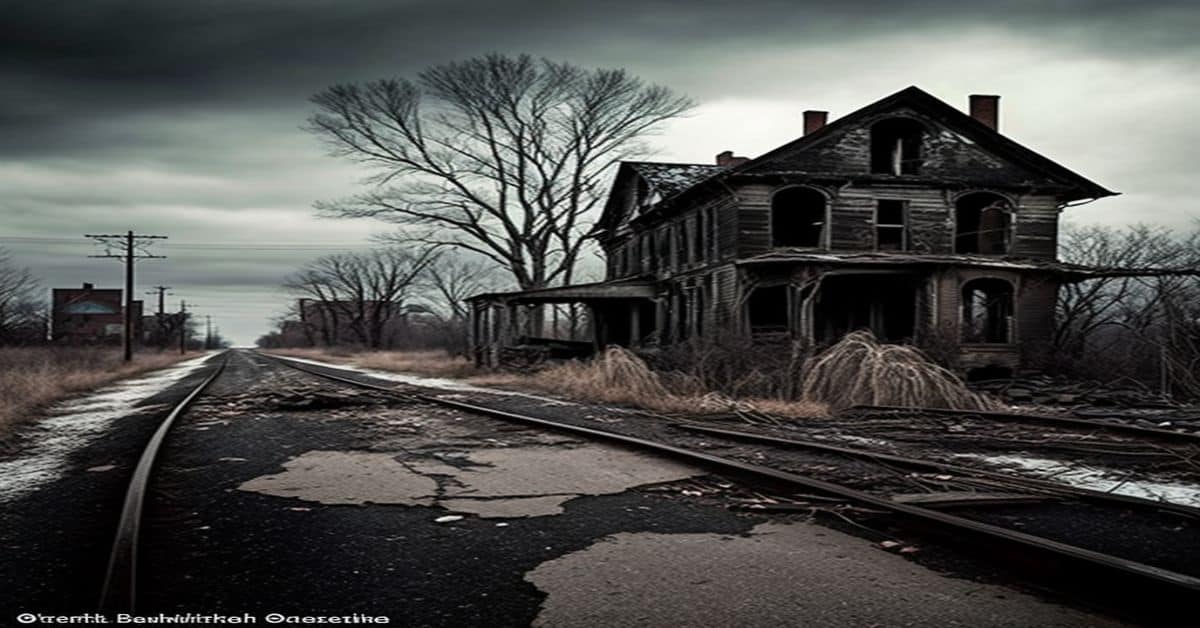There are countless stories of towns that once thrived but have since been forgotten, their remains left to the elements. One such town is Dillon, Texas Ghost Town, founded around 1900 and named after E.F. Dillon. Located just 4 miles south of Saltillo in eastern Hopkins County, Texas, Dillon had a post office secured in Dillon’s store in 1903, but it was discontinued in 1906.
Today, Dillon is a Texas ghost town, with no trace of its former community appearing on highway maps by the mid-1930s.
While Dillon, Texas Ghost Town may seem like just another abandoned town, it is an interesting piece of history that sheds light on the challenges faced by early settlers in Texas. Despite its short-lived existence, Dillon played a role in the area’s development, and its story is worth exploring.
In this article, we will delve into the fascinating history of this abandoned town, examining its location and settlement, the post office and community, and any abandoned buildings and remnants that remain today. Through this exploration, readers will gain a deeper understanding of the history of Texas and the challenges faced by early settlers.
Key Takeaways
- Dillon, Texas Ghost Town was founded in the early 1900s and was named after E.F. Dillon.
- The establishment of a post office in Dillon was crucial for its growth and potential for economic success. However, the closure of the post office in 1906 led to a rapid decline in population and negative economic consequences for the area.
- The abandoned buildings and remnants of Dillon serve as tangible reminders of its brief existence and shed light on the challenges faced by rural communities in the early 1900s.
- Dillon’s story holds historical significance as a testament to the boom-and-bust cycles of rural communities in Texas and is worth exploring to gain a deeper understanding of the history of Texas.
Location and Settlement
Dillon was a Texas ghost town located four miles south of Saltillo in eastern Hopkins County and was settled around 1900. At its peak, Dillon was home to a post office, general store, school, and residential buildings. However, the town’s population declined rapidly after the post office was discontinued in 1906.
Despite its small size, Dillon had historical significance, and exploring its ruins can reveal a glimpse into the past. The town was named after E.F. Dillon, a prominent local businessman who owned the general store and secured the post office in his establishment.
Today, only a few abandoned buildings and dilapidated structures remain, giving visitors a haunting reminder of the once-thriving community that is now a forgotten part of Texas history.
Post Office and Community
The post office in this former settlement was established in 1903 and closed just three years later, while the community itself disappeared from highway maps by the mid-1930s. Despite its brief existence, Dillon holds historical significance as a testament to the boom-and-bust cycles of rural communities in Texas.
Establishing a post office was crucial for the development of Dillon, signaling its growth and potential for economic success. However, the subsequent closure of the post office and the disappearance of the community from maps highlights the challenges these small settlements faced in sustaining themselves.
Despite its short-lived existence, Dillon economically impacted the surrounding area. Establishing a post office provided mail and communication services to local residents, which was crucial for the growth and development of the community. Dillon’s general store also provided goods and services to the surrounding area, supporting the local economy.
However, the post office’s closure and the community’s disappearance from maps had negative economic consequences for the area. Residents were forced to seek services and goods elsewhere, which likely impacted the local economy. Overall, Dillon’s story serves as a reminder of the challenges faced by rural communities in Texas and the importance of sustained economic development.
Abandoned Buildings and Remnants
Abandoned buildings and remnants in this former settlement serve as tangible reminders of its brief existence and rural communities’ challenges in sustaining themselves.
Exploring the ruins of Dillon reveals a glimpse into its past, where remnants of forgotten architecture can be found scattered throughout the area. The abandoned buildings, including a few houses and stores, are now in various states of decay, with some structures having collapsed and others showing signs of significant wear and tear.
Despite the dilapidated state of the buildings, they still serve as poignant symbols of Dillon’s history. The remnants of the town give us a glimpse into the lives of those who once inhabited the area and the challenges they faced.
By exploring these abandoned buildings, we can better understand the struggles rural communities faced in the early 1900s and the impact of changing economic and social conditions on their way of life.
Frequently Asked Questions
What caused the decline of Dillon and ultimately led to its abandonment?
Various economic factors, such as the exhaustion of nearby natural resources, the shift in transportation routes, and the lack of economic opportunities likely caused Dillon’s decline and abandonment.
Were there any notable events or historic figures associated with Dillon during its existence?
Notable figures associated with Dillon, Texas include E.F. Dillon, the town’s namesake, and J.E. Jennings, who submitted information about the town’s history. No significant events have been recorded during Dillon’s existence.
Are any efforts underway to preserve or restore any remaining structures or artifacts in Dillon?
Efforts are not currently underway to preserve or restore any structures or artifacts in Dillon. The town has been abandoned since the mid-1930s and there is no evidence of any preservation or restoration activities.
Has Dillon been featured or referenced in any popular culture, such as books, movies, or television shows?
Dillon, Texas Ghost Town has not been featured or referenced in popular culture. However, its cultural significance lies in its impact on the local community during the early 1900s, as it served as a post office and general store.
Are there any ghost stories or urban legends associated with Dillon or its abandoned buildings?
There is no evidence of ghostly sightings or paranormal investigations associated with Dillon or its abandoned buildings. No urban legends or ghost stories have been recorded about the town.



